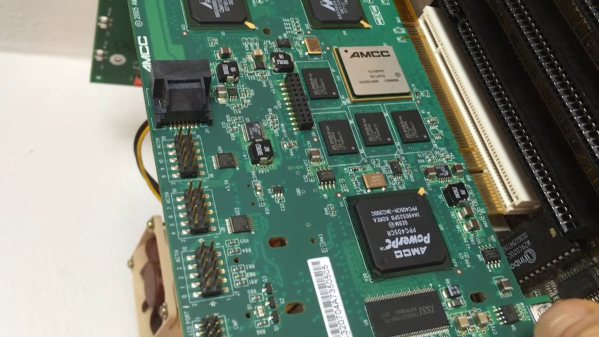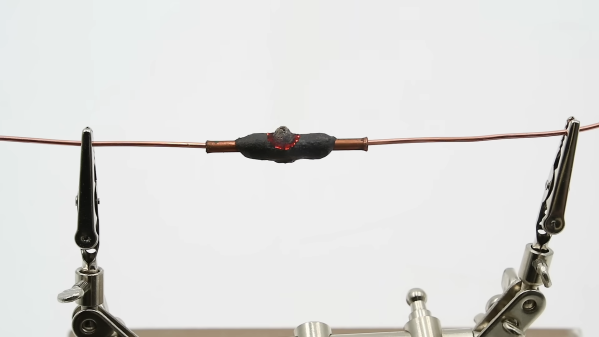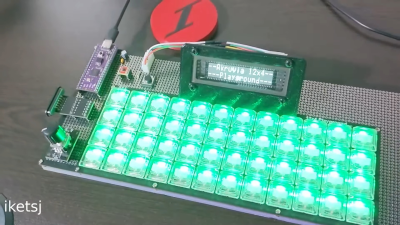PCI and PCI-X are not directly compatible, and you’d be forgiven for thinking that means you’re out of luck if you need to use a PCI-X card in a machine that only has basic PCI slots. And yet, that needn’t be the case. As [Peter] shows us, you can work around this with a cheap hacky hack. Our favorite kind!
[Peter] had a PCI-X RAID card that he wanted to use on his Socket 7-based computer. The 3ware 9550SX PCI-X card is 3.3 V only, and doesn’t fit in a typical PCI slot. It’s not compatible mechanically or electrically. Enter a PCI-X riser, which gets around the missing notch that would normally not let the card sit in the slot. Other than that, it just took masking off some pins to avoid damage from the 5 V rail. Throughput is good, too, reportedly sitting at roughly 60-70 MB/s.
The hard part is probably finding a PCI-X riser; PCI-Express stuff is far more common. Few of us need to deal with PCI-X anymore, but if you’re working on some ancient industrial hardware or something, this hack might just save your beans from the roast pot one day.
Continue reading “Cheap Hack Gets PCI-X Card Working In PCI Slot”



















